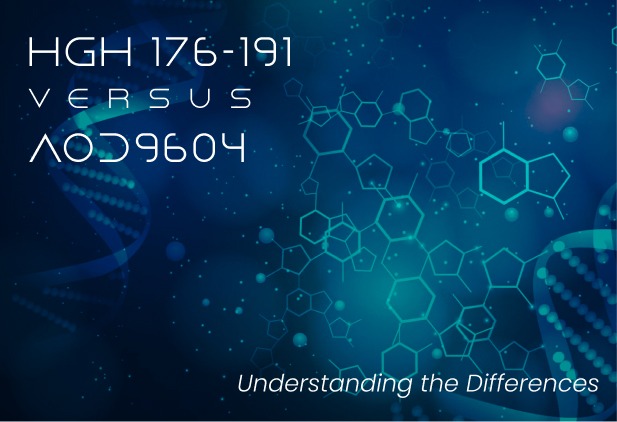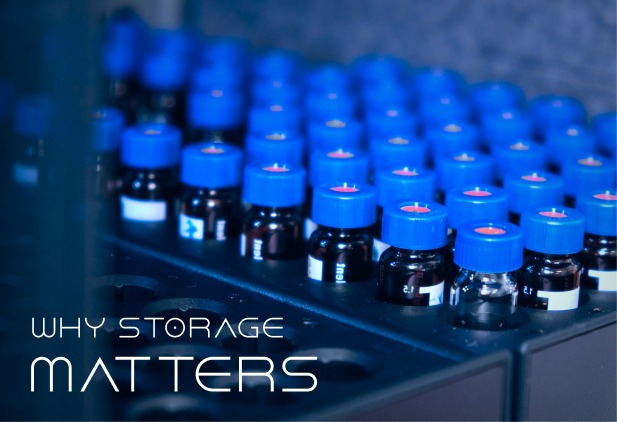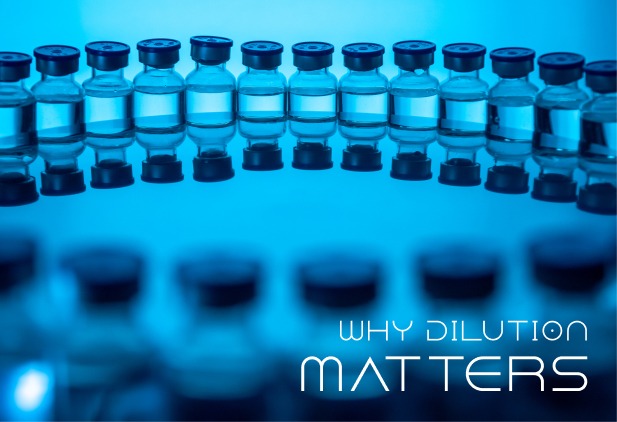When it comes to peptides studied for tissue repair, wound healing, and cellular regeneration, two names frequently come up: TB-500 and Thymosin Beta-4 (TB-4). While many assume these peptides are identical, they are not the same—and understanding their differences is crucial for researchers.
In this article, we’ll clarify:
- What TB-500 and Thymosin Beta-4 are
- How they differ in structure, function, and composition
- Why Thymosin Beta-4 is considered superior and more expensive
What Is Thymosin Beta-4?
Thymosin Beta-4 (TB-4) is a naturally occurring peptide found in human and animal tissues, particularly in the thymus gland. It is highly involved in tissue repair, cell migration, and immune regulation.
Primary Functions in Research:
Tissue regeneration – Supports wound healing, muscle recovery, and organ repair.
Angiogenesis – Plays a role in stimulating new blood vessel formation.
Anti-inflammatory effects – Helps regulate immune responses and reduce oxidative stress.
Cellular protection – Shields cells from damage and promotes recovery in laboratory models.
Due to its natural biological role in the body, Thymosin Beta-4 is a fully bioactive, multi-functional peptide that interacts with several biological pathways.
What Is TB-500?
TB-500 is a synthetic peptide fragment that is modeled after a small portion of Thymosin Beta-4’s structure. It is a shorter, modified version designed to mimic some of the beneficial properties of full-length Thymosin Beta-4.
Primary Functions in Research:
Supports tissue healing – TB-500 has been studied for its ability to promote repair processes.
Aids in cell migration – Helps cells move efficiently to injury sites.
More cost-effective alternative – TB-500 is a simplified version of TB-4, offering some benefits at a lower cost.
Key Differences Between TB-500 and Thymosin Beta-4
| Feature | Thymosin Beta-4 (TB-4) | TB-500 |
| Origin | Naturally occurring peptide found in the body | Synthetic peptide modeled after a fragment of TB-4 |
| Structure | Full-length, biologically active protein | A shorter fragment of TB-4 with limited activity |
| Mechanism | Works through multiple biological pathways, including immune modulation and cellular repair | Primarily aids cell migration and basic repair functions |
| Angiogenesis (New Blood Vessel Formation) | Strongly involved in blood vessel growth for tissue recovery | Limited angiogenesis effects |
| Anti-Inflammatory Action | Modulates immune responses to reduce inflammation | Less significant immune modulation |
| Cell Protection | Prevents oxidative stress and cellular damage | Some protective properties but less comprehensive |
| Research Applications | Advanced studies on tissue regeneration, wound healing, and organ recovery | Mostly used for basic healing and recovery models |
| Cost | More expensive due to its complex structure and full biological functionality | More affordable because it is a partial peptide with fewer biological interactions |
Why Is Thymosin Beta-4 More Expensive?
The primary reason for the price difference comes down to complexity and effectiveness:
Full-Length vs. Fragment – TB-4 is the full, biologically active peptide, whereas TB-500 is only a partial sequence. This means TB-4 interacts with more biological pathways, offering greater potential in research settings.
Purity and Manufacturing – The production of Thymosin Beta-4 is more complex, requiring advanced purification methods to ensure a fully bioactive peptide. TB-500 is easier to synthesize, making it less expensive.
Research-Driven Effectiveness – Studies indicate that Thymosin Beta-4 exhibits stronger regenerative and immune-modulating effects compared to TB-500, making it the preferred choice for cutting-edge research.
Final Thoughts
While both TB-500 and Thymosin Beta-4 are studied in tissue repair and cellular regeneration, Thymosin Beta-4 is a more advanced and biologically complete peptide. If your research requires a multi-functional peptide with greater biological activity, Thymosin Beta-4 is the superior choice.
Stay tuned for the release of Thymosin Beta-4 in our shop!
Want to explore more research peptides? Check out our expanding catalog of high-purity products.



